Home>diy>Architecture & Design>How To Identify House Design


Architecture & Design
How To Identify House Design
Modified: January 19, 2024
Learn how to identify the perfect house design that suits your needs and preferences with our comprehensive guide on architecture design.
(Many of the links in this article redirect to a specific reviewed product. Your purchase of these products through affiliate links helps to generate commission for Storables.com, at no extra cost. Learn more)
Introduction
Welcome to the world of house design! Whether you are an architect, a homeowner, or simply a design enthusiast, understanding house design is essential to appreciating the beauty and functionality of residential spaces. From the exterior façade to the interior layout, every aspect of a house is carefully planned and executed to create a harmonious and livable environment.
In this article, we will explore how to identify house design by examining various architectural and design elements. We will dive into the world of exterior design styles, analyze architectural features, and delve into interior design elements and decorative details. By the end of this article, you will be equipped with the knowledge and resources to confidently identify different house designs.
So, let’s embark on this design journey and unravel the secrets behind house design!
Key Takeaways:
- Embrace the journey of house design identification to appreciate the unique characteristics of different architectural styles and decorative details, enhancing your understanding and admiration of residential spaces.
- Utilize resources such as books, online image libraries, architectural guides, and consulting professionals to confidently identify and appreciate the beauty and diversity of house designs, enriching your architectural knowledge and observation skills.
Read more: How To Connect A Porch Roof To House
Understanding House Design
House design is the process of conceptualizing and creating a blueprint for a residential structure. It encompasses both the aesthetic and functional aspects of the house, aiming to create a space that is visually appealing, structurally sound, and tailored to meet the needs and preferences of the occupants.
When it comes to understanding house design, it is important to consider the overall layout, architectural style, and interior design elements. Let’s take a closer look at each of these components:
- Layout: The layout of a house refers to how the rooms and spaces are organized and connected. It includes considerations such as the number of bedrooms, bathrooms, living areas, and the placement of essential spaces like the kitchen and dining area. The layout is crucial in determining the flow and functionality of the house.
- Architectural Style: The architectural style of a house defines its overall aesthetic and design features. Different architectural styles, such as Victorian, Mediterranean, Modern, or Colonial, have distinct characteristics that influence the exterior appearance and overall feel of the house.
- Interior Design Elements: The interior design elements focus on the details and aesthetics of the interior spaces. These include the selection of materials, color schemes, furniture, lighting, and decorative elements. The interior design enhances the ambiance and functionality of the house, reflecting the personal style and preferences of the homeowner.
By understanding these key components of house design, you can begin to analyze and identify different architectural styles and design elements. In the next sections, we will explore various methodologies and techniques to help you further refine your understanding of house design and how to identify specific styles.
Identifying Exterior Design Styles
The exterior design of a house is the first thing that captures our attention. It showcases the architectural style and sets the tone for the overall aesthetic. By understanding the different exterior design styles, you can easily identify and appreciate the character and features of a house. Here are some popular exterior design styles:
- Traditional: Traditional homes are often characterized by symmetrical designs, gabled roofs, and a mix of materials such as brick, stone, or wood. These homes typically have classic details, such as decorative moldings, shuttered windows, and formal entrances.
- Modern: Modern homes are known for their clean lines, minimalist design, and use of contemporary materials such as glass, steel, and concrete. They often feature large windows, open floor plans, and flat roofs.
- Colonial: Colonial-style homes are inspired by the architecture of the American colonies. They typically have symmetrical facades, columned porches, and rectangular shapes. These homes often have two or three stories with a central hallway and multiple chimneys.
- Craftsman: Craftsman-style homes are characterized by their craftsmanship and use of natural materials such as wood and stone. They often feature front porches with tapered columns, overhanging eaves, and exposed rafters. These homes emphasize simplicity and quality craftsmanship.
- Mediterranean: Mediterranean-style homes draw inspiration from the architecture of Mediterranean countries such as Spain, Italy, and Greece. They feature stucco exteriors, red tile roofs, and arched windows and doorways. These homes often have outdoor living spaces such as courtyards or terraces.
When identifying exterior design styles, pay attention to the roofline, façade materials, windows, and any unique architectural details. These elements provide valuable clues about the architectural style of the house. Additionally, consider the overall symmetry, proportions, and decorative elements used in the exterior design.
By familiarizing yourself with these different exterior design styles, you will be able to recognize and appreciate the architectural features that make each style unique. This knowledge will not only enhance your understanding of house design but also enable you to identify and differentiate between different architectural styles.
Analyzing Architectural Features
Architectural features play a crucial role in identifying and understanding the design of a house. These features encompass various elements of the structure, including the roof, windows, doors, and decorative details. By carefully analyzing these architectural features, you can gather valuable insights into the style and design of a house. Here are some architectural features to consider:
- Roof: The roof is a prominent architectural feature that can provide significant clues about the design style of a house. Different roof types, such as gable, hipped, mansard, or flat, are often associated with specific architectural styles. Pay attention to the shape, slope, and materials used in constructing the roof.
- Windows: Windows not only bring in natural light but also contribute to the overall design aesthetic. The size, shape, and arrangement of windows can vary greatly depending on the architectural style. For example, Victorian homes often feature bay windows, while modern designs may have large, floor-to-ceiling windows.
- Doors: The front door serves as the entry point and focal point of a house. Different styles of doors, such as paneled, arched, or glass-paned, can give insights into the architectural style. Pay attention to the materials, decorative elements, and hardware used in the doors.
- Ornaments and Decorative Details: Ornamental elements add character and visual interest to a house. These can include decorative moldings, cornices, columns, arches, and intricate carvings. These details often reflect the architectural style and craftsmanship of the era.
- Proportions and Symmetry: Observing the proportions and symmetry of a house can provide valuable clues about its architectural style. Classic architectural styles often prioritize balance and harmony, while modern designs may play with asymmetry and unique proportions.
By analyzing these architectural features, you can start to decipher the design language of a house and identify the architectural influences. Paying attention to the roof shape, window design, door style, and decorative details can help you identify specific architectural styles and appreciate the thought and craftsmanship that went into creating the house’s design.
Look for key architectural features such as roof style, window placement, and exterior materials to identify different house designs such as Colonial, Craftsman, or Victorian.
Examining Interior Design Elements
The interior design of a house is where personal style and functionality come together to create a welcoming and livable space. By examining the interior design elements, you can gain insights into the overall design theme and aesthetic of a house. Here are some key interior design elements to consider:
- Color Scheme: The color scheme sets the tone for the entire interior space. Different design styles may have distinct color palettes. For example, a modern design may feature neutral hues and pops of bold color, while a farmhouse-style design may incorporate soft, earthy tones.
- Materials and Textures: The choice of materials and textures can greatly impact the look and feel of a house. From the flooring to the wall finishes, consider whether the materials used are natural or artificial, textured or smooth. Different styles may favor specific materials, such as hardwood for traditional designs or concrete for modern aesthetics.
- Furniture and Layout: The furniture and layout of a house play a crucial role in determining its functionality and overall design. Consider the style and arrangement of furniture pieces, as well as the use of space. Modern designs often feature clean lines and minimalistic furniture, while traditional designs may incorporate ornate pieces.
- Lighting: Lighting is not only essential for practical purposes but also for creating ambiance. Consider the type of lighting fixtures used, such as chandeliers, pendant lights, or recessed lighting. The lighting design can reflect the overall design style, with modern designs favoring sleek, contemporary fixtures and traditional styles incorporating more ornamental lighting elements.
- Decorative Details: Accessories and decorative details add personality to a house. Pay attention to the decorative elements such as artwork, throw pillows, rugs, and curtains. These details can reflect the homeowner’s taste and style, as well as complement the overall design theme.
By examining these interior design elements, you can gain a better understanding of the design style and aesthetics of a house. Look for patterns and themes in the color scheme, materials, furniture, and decorative details. Understanding how these elements work together will enable you to identify and appreciate different interior design styles.
Remember that interior design styles can vary greatly, and there may be overlap or fusion of different styles within a single house. Analyzing the interior design elements will provide valuable insights into the overall design language and contribute to your ability to identify and appreciate different house designs.
Read more: How To Add A Porch To Your House
Identifying Decorative Details
Decorative details are the finishing touches that add character and charm to a house’s design. These details not only enhance the aesthetic appeal but also provide insights into the design style and craftsmanship. By closely examining the decorative details, you can identify and appreciate the unique elements that make each house design stand out. Here are some key decorative details to consider:
- Moldings and Trim: Architectural moldings and trim can be found along ceilings, walls, and corners of a house. Different styles of molding, such as crown molding, baseboards, and chair rails, can indicate the design era or architectural style. Pay attention to the intricacy and pattern of the moldings.
- Carvings and Ornamentation: Carvings and ornamental details are often found in architectural elements such as doors, staircases, and fireplace mantels. These decorative elements can showcase the level of craftsmanship and attention to detail. They can range from intricate floral motifs to geometric patterns, depending on the design style.
- Tile Work: Tile work is a decorative detail commonly found in kitchens, bathrooms, and even as flooring or backsplashes. Different styles of tile, such as mosaic, subway, or patterned tiles, can reflect the design era or cultural influences. Pay attention to the colors, patterns, and materials used in the tile work.
- Hardware and Fixtures: Hardware and fixtures, such as doorknobs, cabinet handles, faucets, and light fixtures, contribute to the overall design aesthetic. These details can range from sleek and modern to ornate and vintage-inspired, depending on the style of the house. Pay attention to the materials, finishes, and shapes of the hardware and fixtures.
- Stained Glass: Stained glass windows or decorative panels are often found in historical or traditional homes. These colorful and intricately designed glass pieces add a touch of elegance and artistry to the interior. Examine the patterns, colors, and level of detail in the stained glass.
By examining these decorative details, you can identify the design influences and craftsmanship of a house. Look for consistency in patterns, materials, and motifs throughout the house. These details not only enhance the aesthetic appeal but also provide valuable clues about the architectural style and era of the design.
Keep in mind that decorative details can vary greatly depending on the design era, architectural style, and personal preferences of the homeowner. By honing your observation skills and paying attention to these details, you will develop a discerning eye for identifying and appreciating the unique decorative elements that make each house design special.
Using Resources for House Design Identification
Identifying house designs can sometimes be challenging, especially when encountering unique or unfamiliar styles. Fortunately, there are various resources available that can assist in the identification process. Here are some useful resources to consider when trying to identify house designs:
- Books and Magazines: Architecture and design books, as well as interior design magazines, often feature photographs and articles on different house styles. These resources provide valuable insights into the characteristics and history of various design styles.
- Online Image Libraries: Online image libraries, such as Pinterest or architectural websites, offer a vast collection of images showcasing different house designs. You can search specific design styles, architectural elements, or even specific regions to find inspiration and examples.
- Architectural Guides: Architectural guides, whether in print or online, provide extensive information about architectural styles and their key features. These guides often include detailed descriptions, photographs, and historical context, making them valuable references for identifying house designs.
- Historical Preservation Societies: Local historical preservation societies can be a valuable resource for identifying house designs, especially in older or historically significant neighborhoods. These societies often have archives, educational resources, and experts who can provide insights into the architectural history of a specific area.
- Consulting Professionals: When in doubt, consulting with professionals in the field, such as architects or architectural historians, can help in identifying house designs. Their expertise and knowledge can provide valuable guidance and insights into the architectural style, historical context, and unique features of a house.
When using these resources, it is important to keep an open mind and gather as much information as possible. Look for consistent design elements and architectural features across different sources to validate your identification. It is worth noting that some houses may feature a fusion of multiple design styles or have unique customizations, making them more challenging to categorize.
By utilizing these resources, you can further enhance your understanding and identification of various house designs. Combining your own observations with the knowledge gained from these resources will enable you to confidently identify and appreciate the beauty and diversity of house designs.
Conclusion
Understanding and identifying house design is an exciting journey that allows us to appreciate the beauty and functionality of residential spaces. By examining the exterior design styles, analyzing architectural features, delving into interior design elements, and identifying decorative details, we can gain valuable insights into the unique characteristics of different house designs.
Throughout this article, we have explored various methodologies and resources to help us in the identification process. From books and online image libraries to consulting professionals and local historical preservation societies, these resources offer a wealth of information and inspiration.
By paying attention to the layout, architectural style, and interior design elements, we can start deciphering the design language and capturing the essence of a house. We can identify traditional designs with their symmetrical façades and decorative moldings, modern designs with their sleek lines and minimalist aesthetics, or colonial designs with their symmetrical layouts and columned porches.
It is important to note that house design often reflects not only the architectural style but also the personal style and preferences of the homeowner. Each house is unique, with its own blend of influences, materials, and decorative details. By honing our observation skills and utilizing the available resources, we can develop a discerning eye for identifying and appreciating the various house designs that exist.
So, whether you are an architecture enthusiast, a homeowner looking to understand their own house design, or a professional in the field, embracing the journey of house design identification is a fulfilling and enlightening endeavor. Let us continue to explore, learn, and admire the intricate world of house design.
Frequently Asked Questions about How To Identify House Design
Was this page helpful?
At Storables.com, we guarantee accurate and reliable information. Our content, validated by Expert Board Contributors, is crafted following stringent Editorial Policies. We're committed to providing you with well-researched, expert-backed insights for all your informational needs.

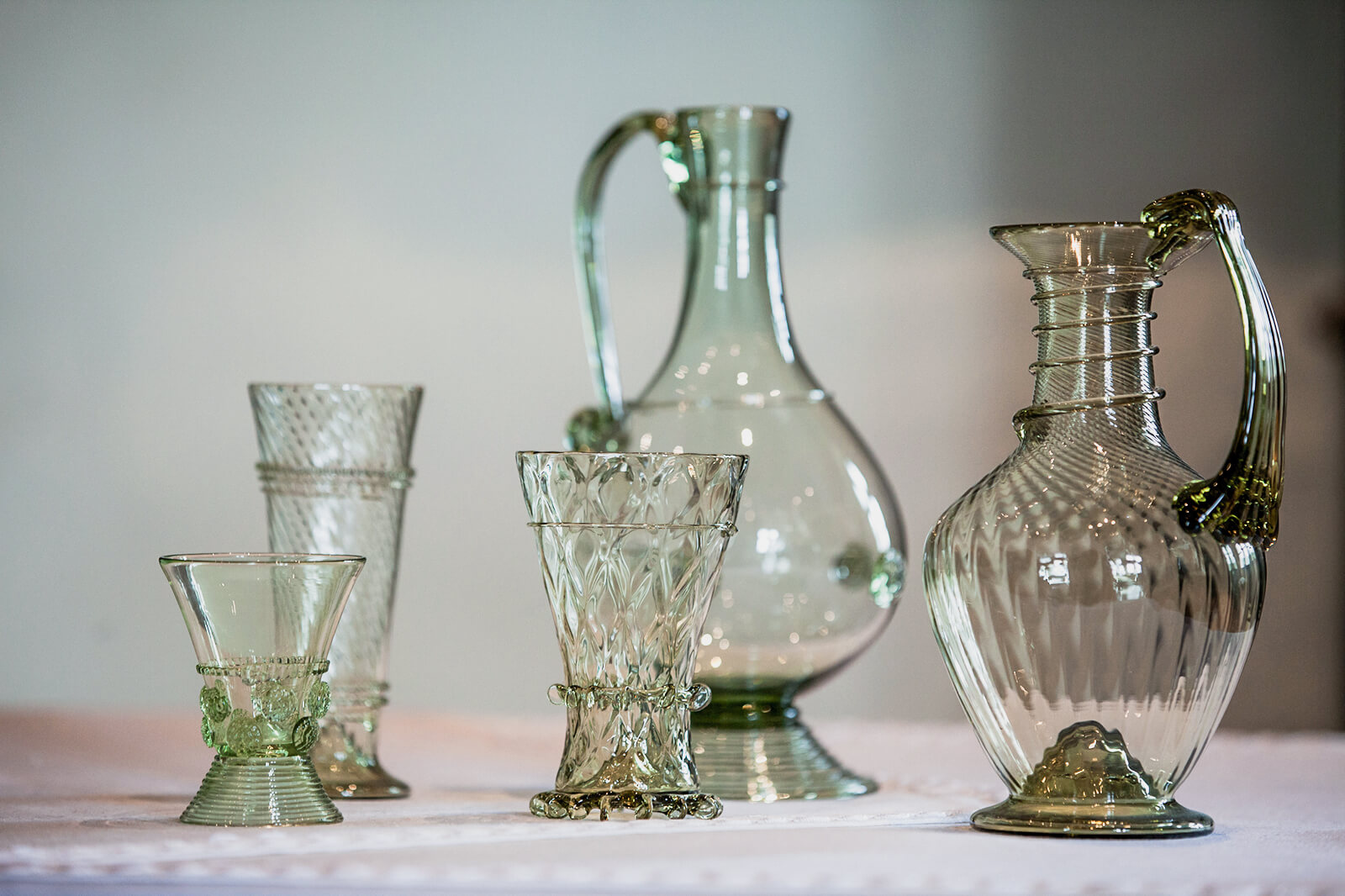

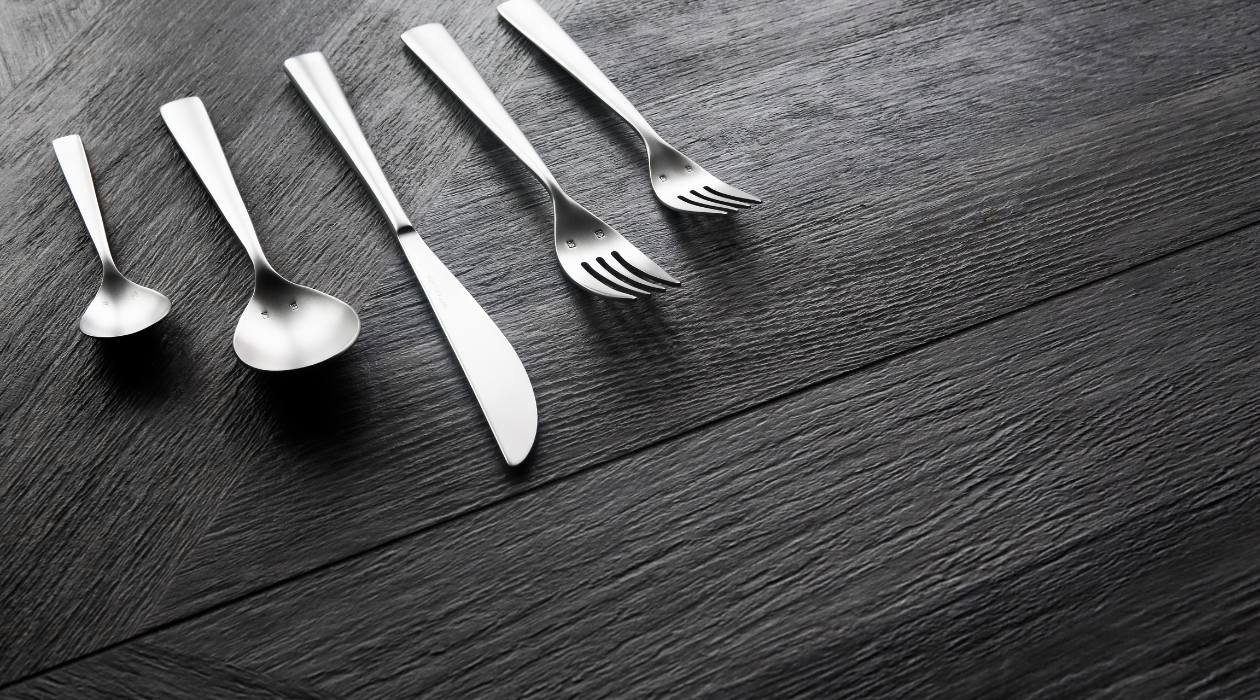




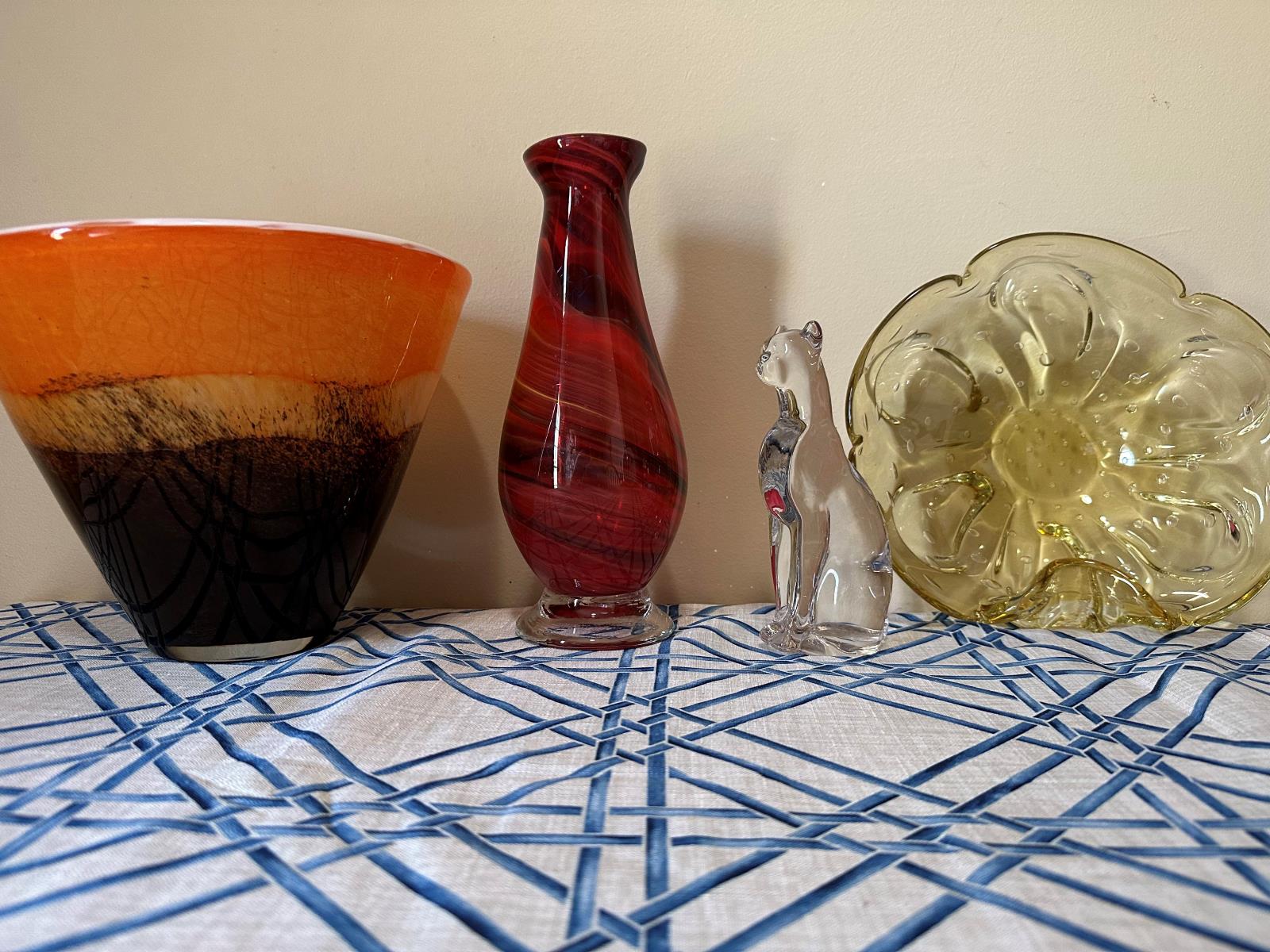
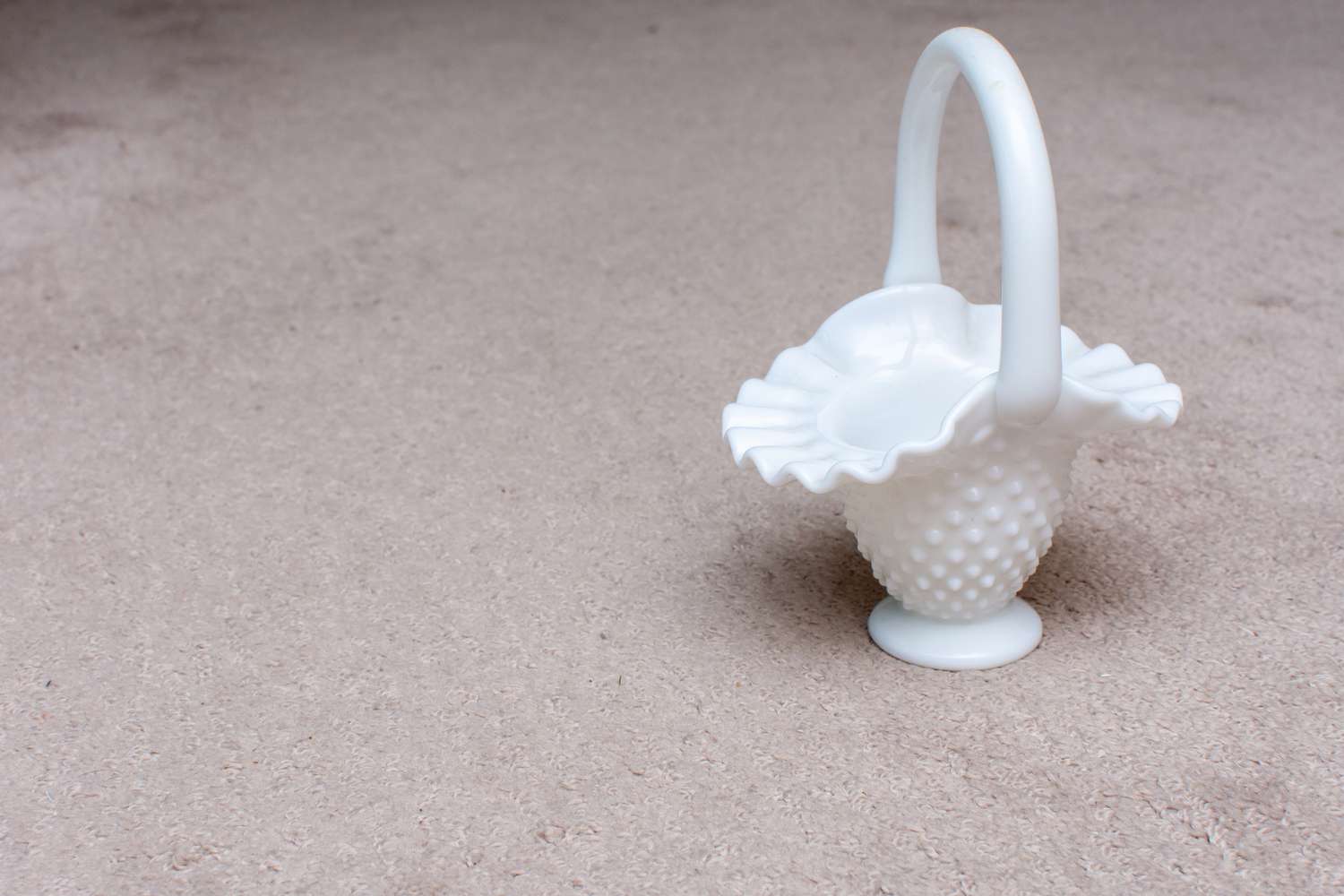

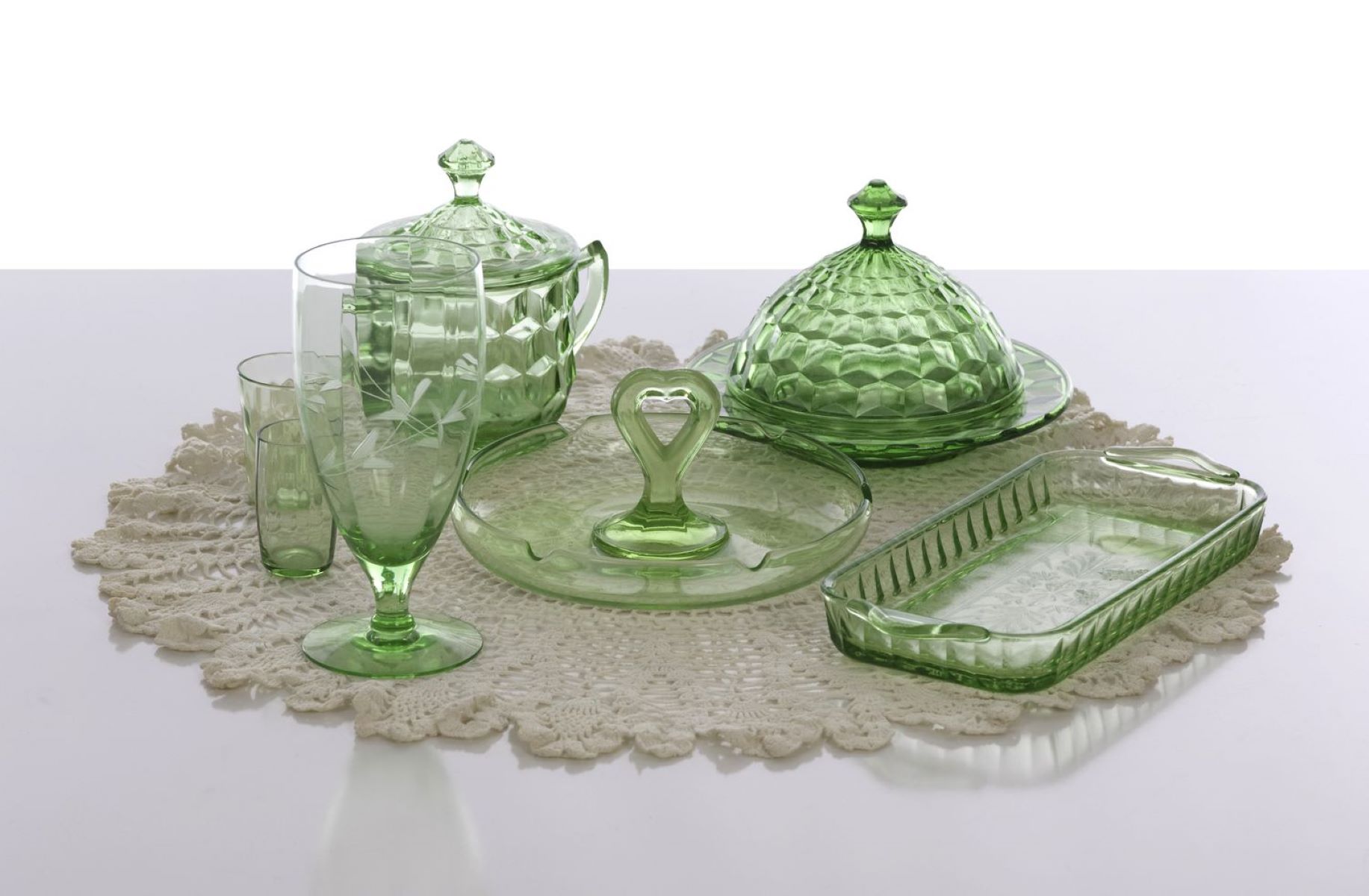
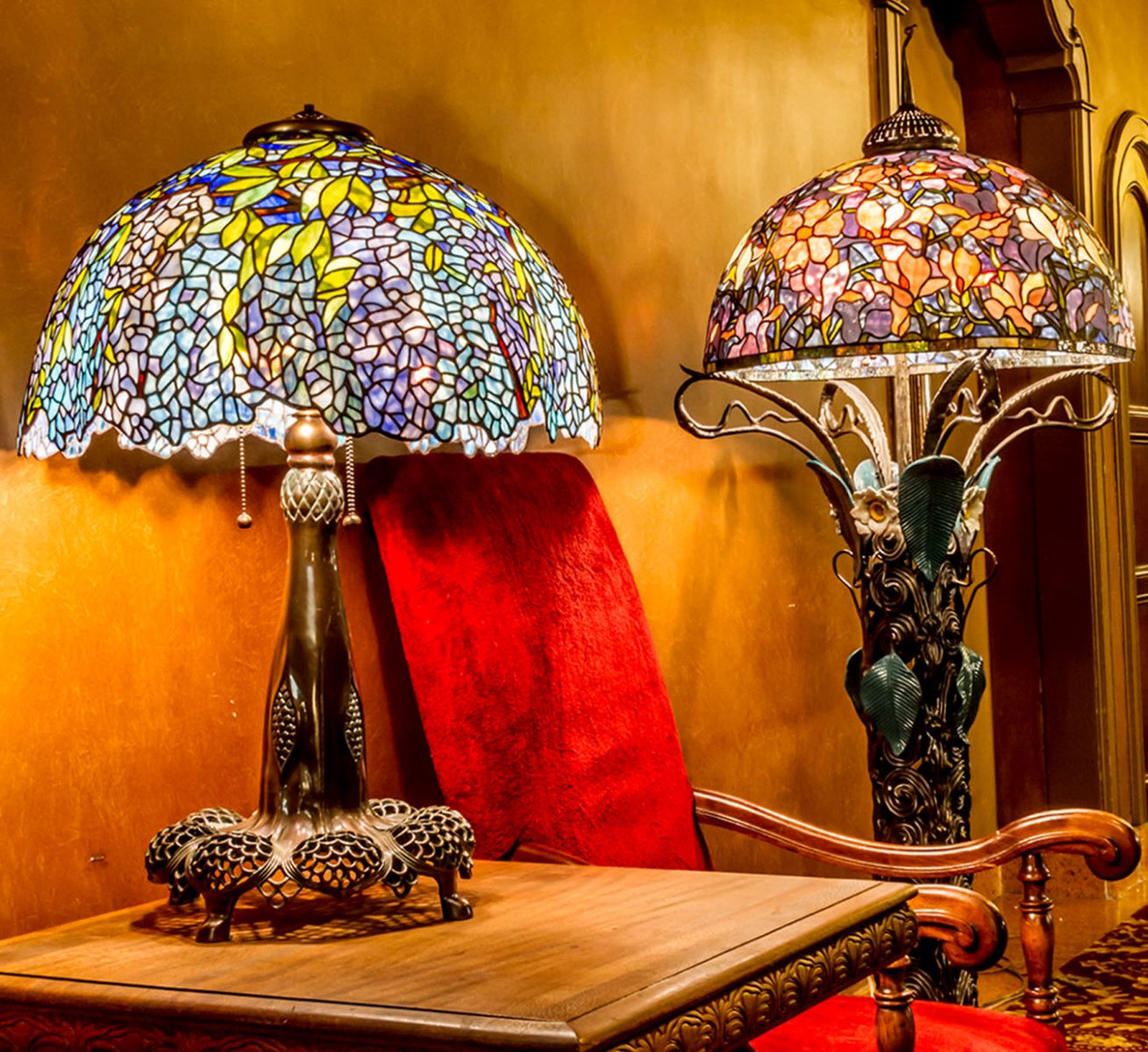


0 thoughts on “How To Identify House Design”